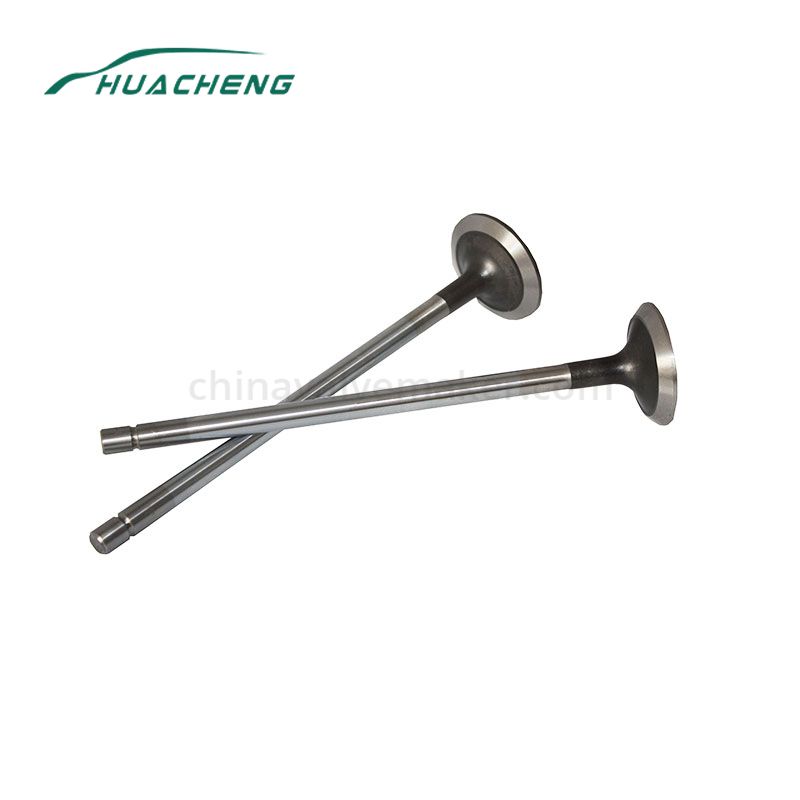The engine valves are located in the cylinder head. The main function of the engine valve is to let air in and out of the cylinder. Air is used to help ignite the fuel, which pushes the pistons up and down.
There are two types of engine valves: intake valve and exhaust valve.
Of course, the intake valve lets air in and the exhaust valve lets air out. The more air you take in and take out, the more efficient the engine will be, and thus produce power. This is why engine valves play a critical role in engine performance.
The piston moves up and down in the cylinder. At the top of the piston stroke are the valves. There are different Numbers of valves depending on the manufacturer. Since the piston is located at the bottom of the cylinder, the intake valve opens to let air in and then closes to make the cylinder airtight to establish compression. Once the piston has passed the compression and ignition stroke, the exhaust valve will open to exhaust. And then it closed. But you might ask how is the valve opened and closed? There is a shaft that drives all the valves called a camshaft. For more information about camshafts, be sure to check the camshaft links.

The valve itself consists of a round head connected to a long stem. The stem runs in the valve tube, ensuring that the valve can only move up and down, not left and right.
The valve consists of two parts, which are then welded together. The head is usually made of stainless steel and the stem is made of high carbon steel. Valves are mostly made of hardened steel, or of more exotic materials, such as titanium in high-performance engines.
When the valve is closed, it contacts the surface around the orifice. The surface on which the valve sits is called the seat. The seat must be smooth because it provides a sealing surface and maximum contact between the valve and the seat ensures that the cylinder head absorbs heat from the valve. For cast iron heads, the seat will be machined directly into the head, while for softer aluminum heads that are not resistant to exhaust gas corrosion, the seat will be made of stronger metal and pressed into the head.
The intake valve and exhaust valve will be hot when working. This heat must be dissipated, primarily through the valve surface, the valve seat, and the cylinder head, where it is carried away by flowing coolant. Heat also rises along the stem and enters the valve head through the valve duct. Some well-performing stems are filled with sodium, which melts and shakes inside the stem to improve heat transfer.
Exhaust valves last longer than intake valves and are exposed to higher temperatures because of the hot exhaust gas flowing around and behind them. Their working life is in close contact with high temperature, corrosive exhaust gas, so they are made of particularly durable, heat-resistant, and corrosion-resistant materials.
The above information is provided by a diesel engine valve manufacturer.